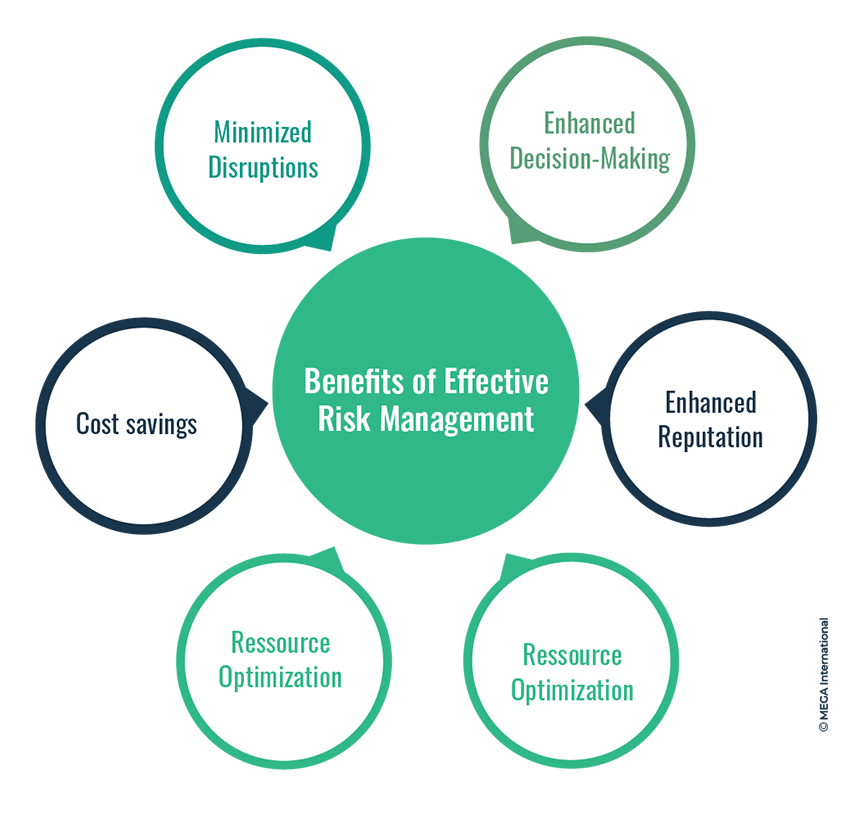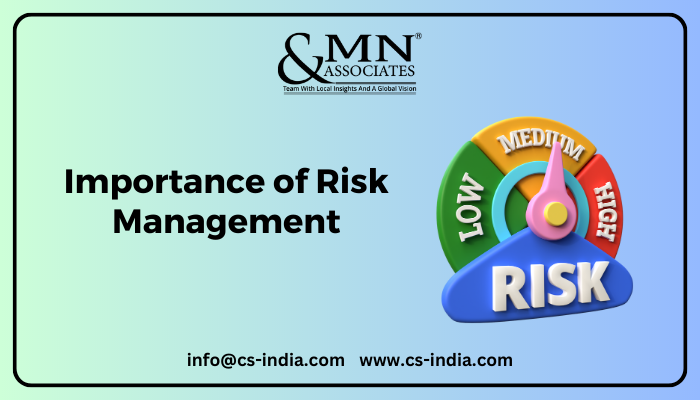The Role and Importance of Risk Management in Ensuring Business Continuity
The Role and Importance of Risk Management in Ensuring Business Continuity
Blog Article
The Value of Understanding the Value of Risk Management in Various Industries

The Core Principle of Risk Management and Its Purpose
Risk Management, the foundation of numerous sectors, pivots on the recognition, examination, and mitigation of unpredictabilities in a business setting. It is an indispensable method that allows organizations to secure their properties, reputation, and general survival. By correctly identifying prospective threats, services can create strategies to either protect against these dangers from happening or decrease their influence. The evaluation procedure entails evaluating the probability and prospective intensity of these risks. The mitigation procedure involves designing approaches to decrease their possible impact when dangers have actually been determined and examined. This process is ongoing and cyclical, guaranteeing that services are planned for the ever-changing nature of Risk in different sectors. The main purpose, therefore, is to cultivate durability amidst uncertainties.
Advantages of Applying Risk Management in Business Workflow

Revealing the Duty of Risk Management in Different Industries
While every industry challenges its unique collection of risks, the application of Risk Management methods stays an usual in their quest of sustainability hop over to these guys and development. In the healthcare field, Risk Management involves guaranteeing person security and data protection, while in money, it entails mitigating financial investment threats and making certain governing compliance. Eventually, the role of Risk Management throughout sectors is to determine, examine, and mitigate risks.
Real-life Situation Researches Showing Successful Risk Management
To recognize the significance of Risk Management in these lots of sectors, one can look to numerous real-life circumstances that illustrate the successful application of these steps. Toyota, publish the 2011 quake in Japan, revised its supply chain Management to reduce disruption risks. These instances show exactly how sectors, finding out from crises, properly used Risk Management techniques to minimize future dangers.
Future Trends and Developments in Risk Management Approaches
As the globe remains to advance, so too do the patterns and developments in Risk Management methods. Fast advancements in modern technology and data analytics are reshaping the have a peek at this site Risk landscape. Huge information and AI are currently critical in predicting and minimizing dangers. Organizations are leveraging these devices to develop anticipating designs and make data-driven choices. Cybersecurity, once a peripheral issue, has catapulted to the leading edge of Risk Management, with techniques concentrating on prevention, discovery, and reaction. The integration of ESG (Environmental, Social, Administration) aspects into Risk Management is another growing trend, showing the boosting acknowledgment of the function that ecological and social threats play in business sustainability. Hence, the future of click over here now Risk Management depends on the combination of advanced innovation, cutting-edge methods, and an all natural technique.
Verdict
In final thought, recognizing the importance of Risk Management across a spectrum of sectors is essential for their longevity and prosperity. Customized techniques can help alleviate prospective risks, secure assets, and foster stakeholder trust. Furthermore, positive decision-making help in governing compliance and enhances source use. Eventually, successful Risk Management adds to extra lasting and resistant services, highlighting the significance of this method in today's highly competitive and vibrant organization environment.
While every industry challenges its unique collection of dangers, the execution of Risk Management techniques continues to be a typical in their quest of sustainability and development. In the healthcare field, Risk Management involves ensuring patient safety and data defense, while in money, it includes mitigating financial investment threats and ensuring governing compliance. Ultimately, the function of Risk Management throughout sectors is to identify, assess, and minimize threats. These instances show just how sectors, finding out from situations, successfully applied Risk Management strategies to minimize future dangers.

Report this page